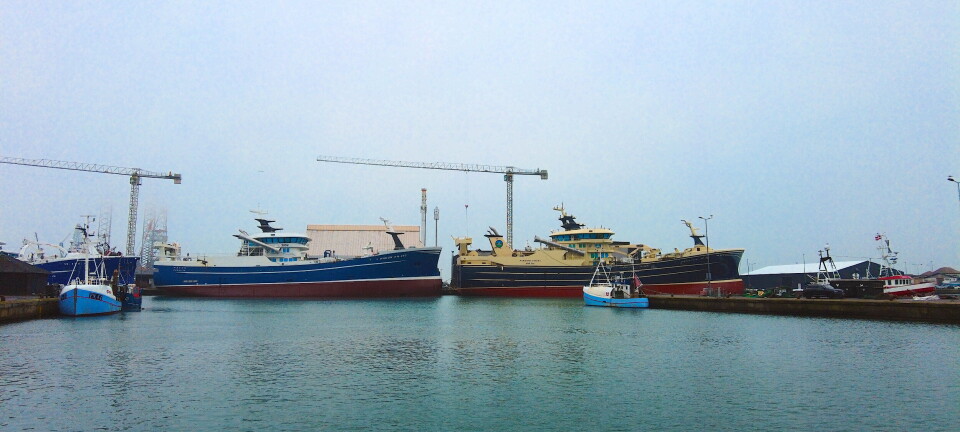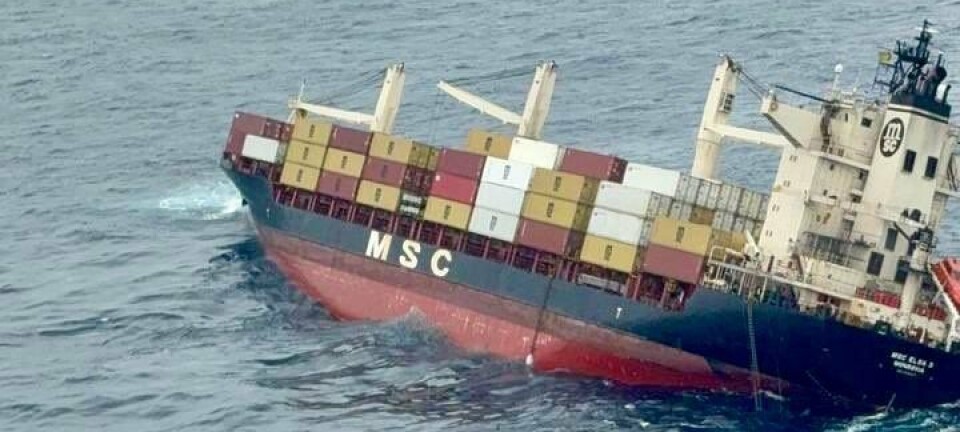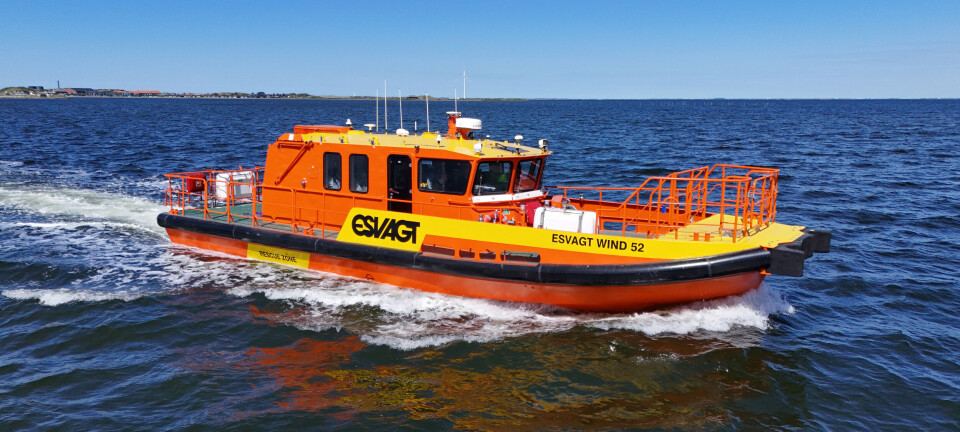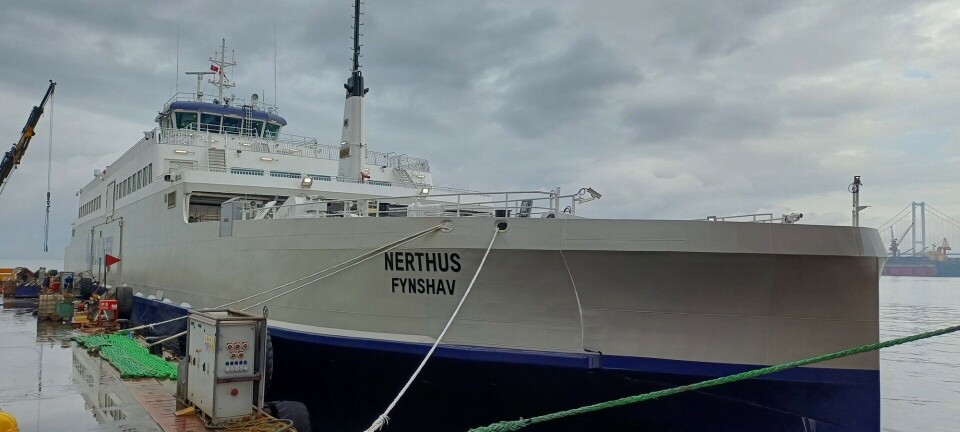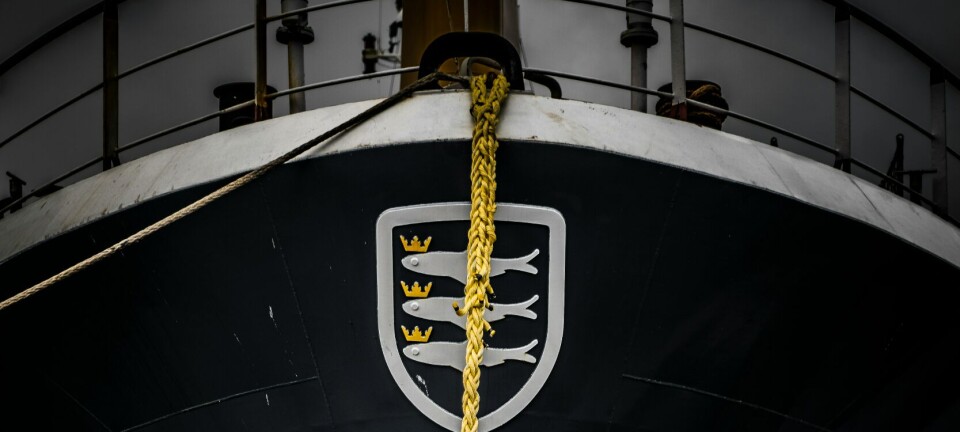Bunkering Expenses could shoot up with EU’s Ambitions to Cut Emissions by 50%

The European Union has set itself a target of halving emissions by 2030 – which will have dramatic consequences on the shipping industry
Leaders of the European Union have set themselves a target of reducing greenhouse gas emissions in the region by 55 % by the year 2030. This goal is in line with the aim set by the European Parliament, which is of a 60% reduction in such emissions.
As reported in The Maritime Executive, the flip side of this ambitious endeavour would be a significant rise in the cost of carbon credits; while these currently trade on EU’s marketplace for Emissions Trading at anywhere between $30 to $37 a tonne, that figure could rise exponentially to $110 a tonne by 2030.
What is to be seen is whether the EU does go ahead and impose this ETS or Emissions Trading System on vessels trading across ports in Europe. If it does, shipping costs are expected to rise substantially.
The cost implications for vessel operators are of special relevance; with a single tonne of bunker fuel turning into thrice as much CO2 when combusted, the emissions charge per tonne of fuel would go beyond $300!
At the same time, depending on the distance between traversed, the routes being taken as well as the ports being used, the eventual cost difference – especially regarding the final impact on shipping costs for end consumers, might still be nominal.



